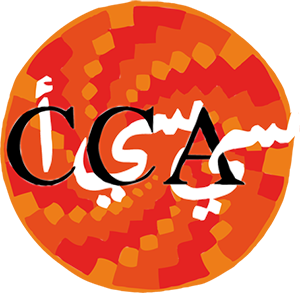About this publication
In: Michaelides, D. (ed). Mosaics make a site, Proceedings of the VIth Conference of the International Committee for the Conservation of Mosaics, Nicosia,Cyprus 1996. Rome. 187-192
The author stresses the importance of understanding the historical meaning of the different techniques employed in the past when treating archaeological mosaics in the present, during lifting, exhibiting or remounting, because these are directly related to how mosaics were or are historically appreciated by the public and the professionals that work directly with them. This is evidenced by the shift from the almost systematic lifting of mosaics to in situ conservation, application of principles of minimum intervention, reproducing antique formulations, and planning periodical maintenance. The function of the restorer is contrasted to his function in the past; from this point onwards he should conserve and preserve rather than transform mosaics, that is, the restorer should become the conservator. In this light, a list of new responsibilities demonstrates a new approach, where indirect actions prove to be more effective than direct treatments. Most importantly, the author provides his definition of in situ conservation, affirming that knowledge of the composition and deterioration mechanisms of mosaics is necessary for their direct treatment, when needed, which should be developed together with a maintenance plan. The discussion focused on this change of mentality and the visibility of its effects, as well as the definition of public.
Author(s): Nardi, R.
Year Published: 2003
Language / Translations: English
